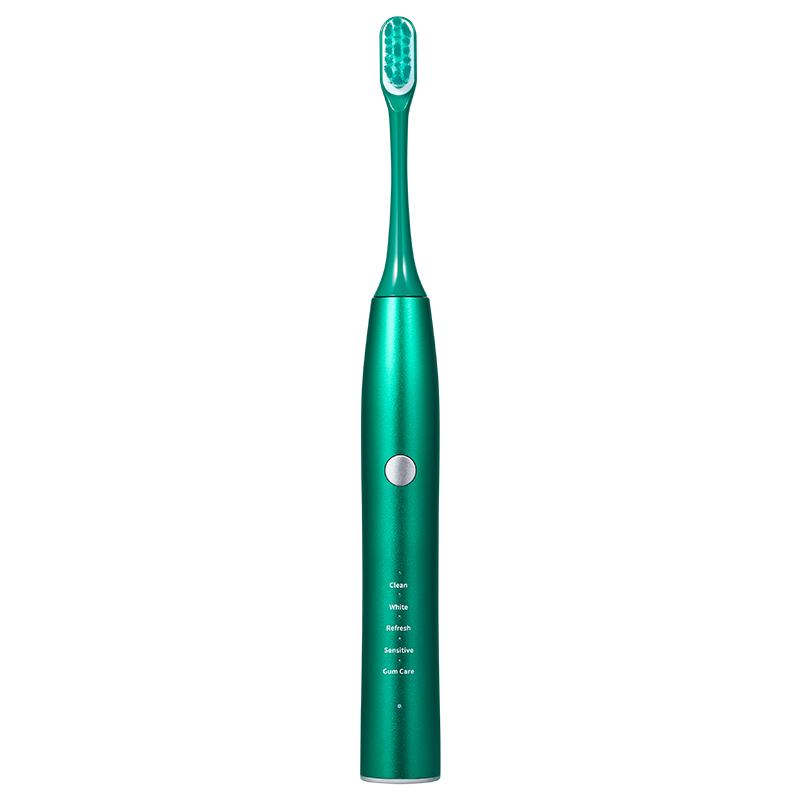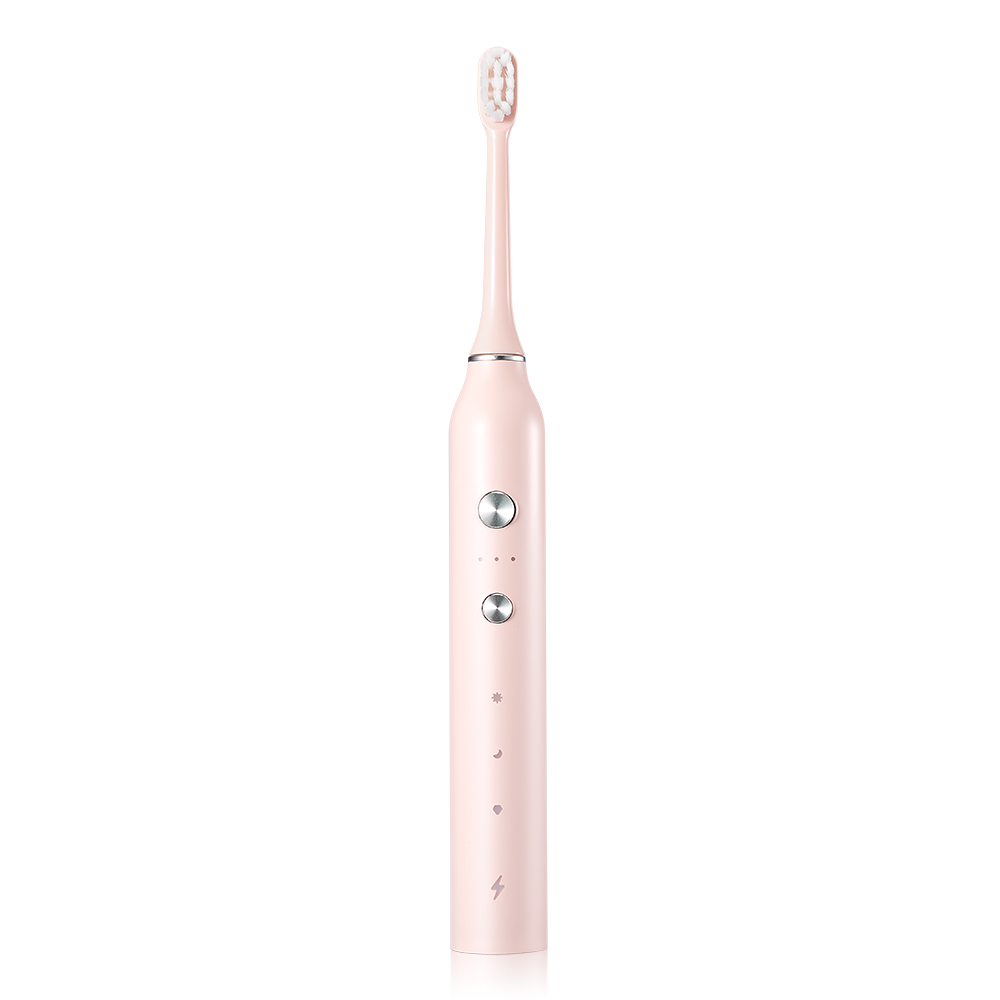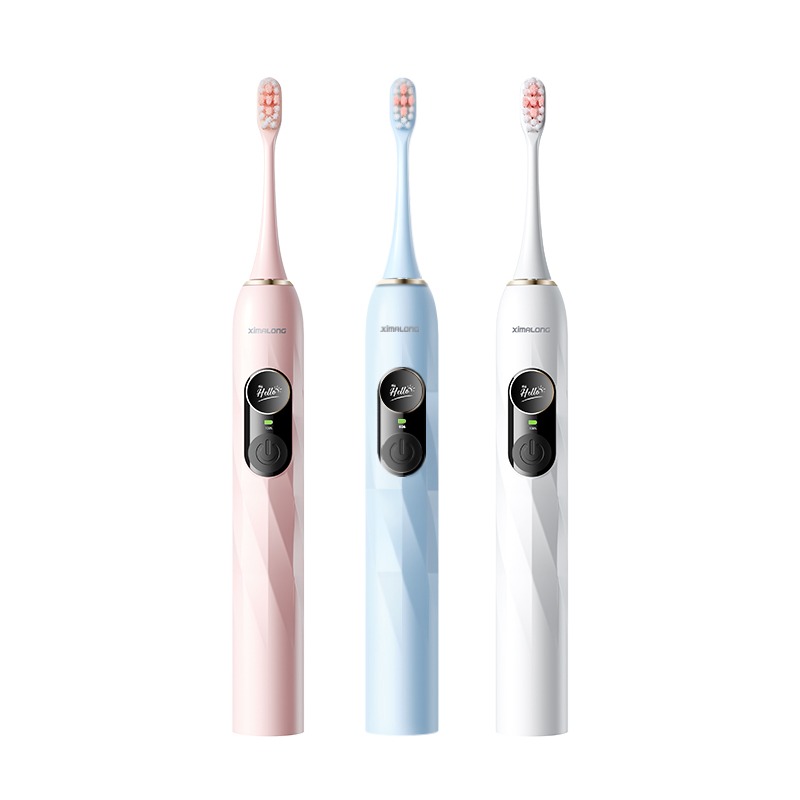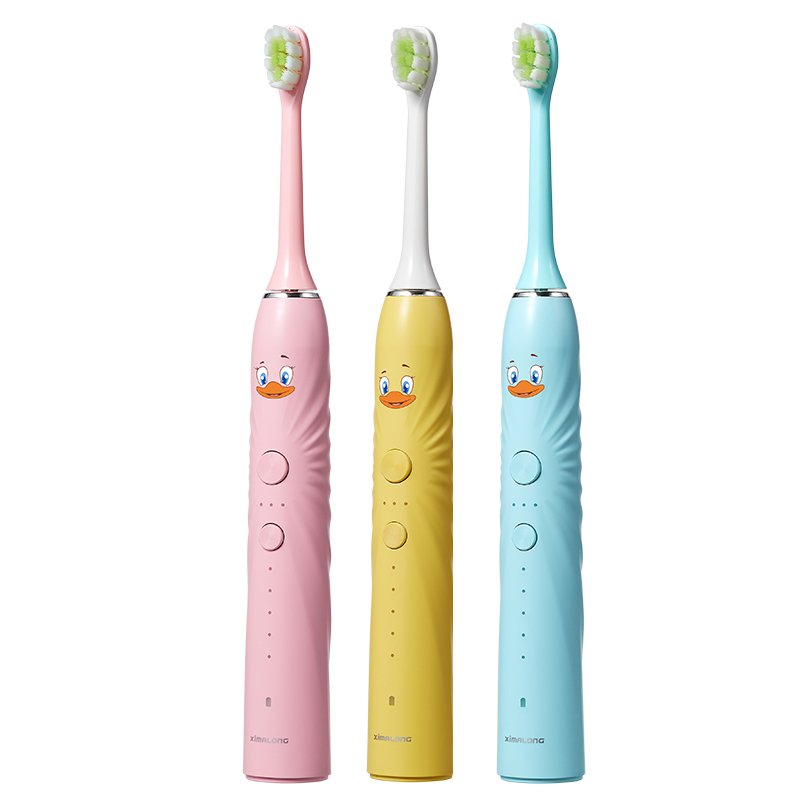The Ultimate Guide to Oral Cleaning: Tips for Healthy Teeth and Gums
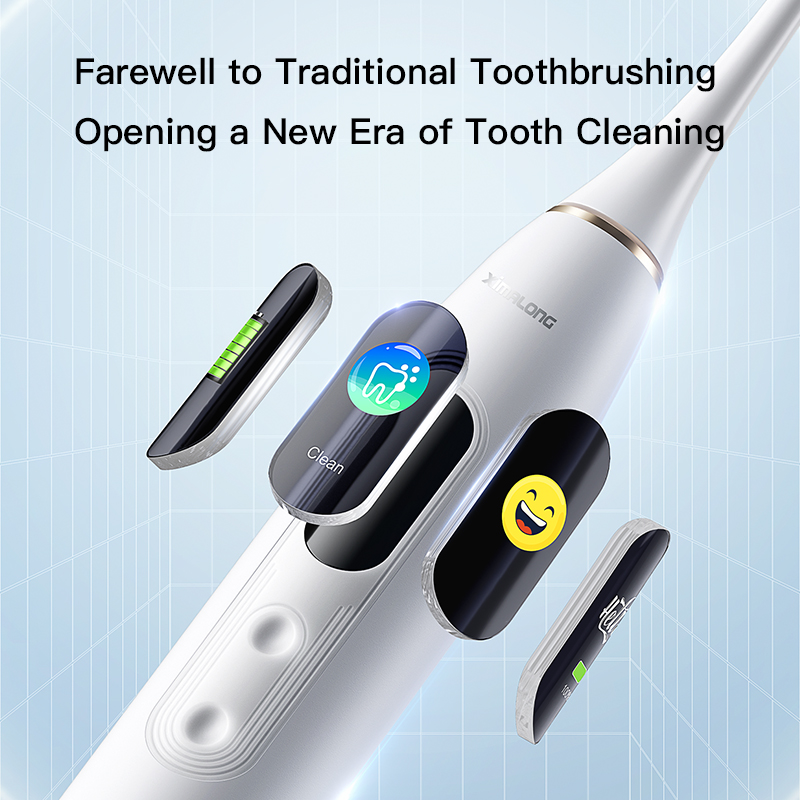
Oral hygiene is crucial for maintaining healthy teeth and gums. A proper oral cleaning routine helps prevent tooth decay, gum disease, and bad breath. While brushing twice a day is essential, there’s more to it. From flossing to using mouthwash, maintaining a complete oral cleaning routine ensures your mouth stays fresh and free from harmful bacteria.
Why Oral Cleaning Matters
Good oral hygiene goes beyond aesthetics. It plays a significant role in your overall health. Here are some reasons why oral cleaning is essential:
Prevention of Tooth Decay: Regular oral cleaning removes plaque and food particles, which are the primary causes of cavities.
Gum Health: Effective cleaning helps prevent gum diseases like gingivitis and periodontitis, which can lead to tooth loss if left untreated.
Fresh Breath: Oral cleaning helps eliminate food odors and bacteria that cause bad breath.
Overall Health: Poor oral hygiene has been linked to heart disease, diabetes, and other health conditions. By cleaning your teeth regularly, you reduce the risk of these diseases.
Key Steps in Oral Cleaning
The following steps will help you develop an effective oral cleaning routine. Each step plays a crucial role in keeping your mouth healthy.
1. Brush Your Teeth Twice a Day
Brushing is the foundation of any oral cleaning routine. The American Dental Association (ADA) recommends brushing your teeth twice a day—once in the morning and once before bed.
Choose the Right Toothbrush: Opt for a toothbrush with soft bristles. Hard bristles can damage your gums and enamel. Electric toothbrushes are often more effective at removing plaque and can be easier on your gums.
Use Fluoride Toothpaste: Fluoride helps prevent cavities by strengthening tooth enamel. Ensure your toothpaste contains fluoride for optimal protection.
Proper Technique: Hold the toothbrush at a 45-degree angle to your gums. Gently brush in circular motions to remove plaque. Brush for at least two minutes to ensure a thorough clean.
2. Floss Daily
Flossing is another essential step in oral cleaning that many people overlook. Brushing alone can’t reach all the tight spaces between your teeth. That’s where flossing comes in. It removes plaque and food particles that may be trapped between teeth and below the gumline.
Use the Right Floss: Choose floss that’s comfortable for your mouth. Waxed floss is often easier to slide between teeth, while unwaxed floss can be better at removing plaque.
Floss Correctly: Wrap the floss around your fingers and gently slide it between your teeth. Curve it around each tooth in a C-shape, moving it up and down to remove debris. Avoid snapping or forcing the floss, as this can damage your gums.
3. Rinse with Mouthwash
Mouthwash is a great addition to your oral cleaning routine. It not only helps freshen your breath but also kills bacteria that can lead to plaque build-up. Additionally, some mouthwashes contain fluoride, which further strengthens teeth and prevents cavities.
Choose the Right Mouthwash: Look for a mouthwash that contains antimicrobial agents to kill bacteria. Fluoride mouthwashes can help reduce cavities, while some mouthwashes also target bad breath.
Rinse Properly: Pour a small amount into the cap and swish it around your mouth for 30 seconds to 1 minute. Avoid swallowing mouthwash, and don’t rinse with water afterward to maintain its effectiveness.
4. Clean Your Tongue
Your tongue is a breeding ground for bacteria, which can lead to bad breath and other oral health problems. To ensure a thorough oral cleaning routine, don’t forget to clean your tongue.
Use a Tongue Scraper: A tongue scraper is an effective tool for removing bacteria, food particles, and dead cells from the surface of your tongue. Gently scrape from the back of your tongue to the front, rinsing the scraper after each pass.
Brush Your Tongue: If you don’t have a tongue scraper, you can use your toothbrush to clean your tongue. Simply brush your tongue in gentle strokes while brushing your teeth.
5. Hydrate and Avoid Sugary Drinks
Drinking plenty of water throughout the day helps wash away food particles and bacteria in your mouth. It also stimulates saliva production, which is essential for neutralizing acids and promoting remineralization of your teeth.
Avoid sugary drinks like sodas and juices, as they can contribute to tooth decay. Sugars fuel the bacteria that produce acid, which can erode your tooth enamel. If you do consume sugary drinks, rinse your mouth with water afterward.
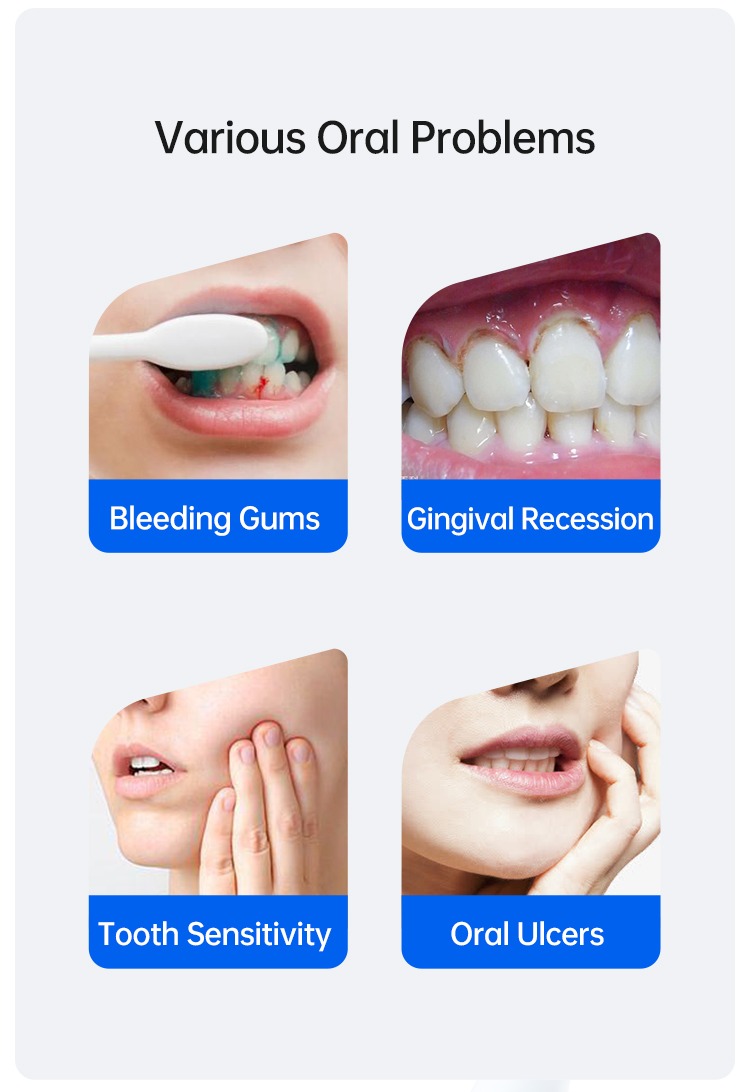
Choosing the Right Oral Care Tools
Your oral cleaning routine won’t be effective without the right tools. Here are the best tools to help you maintain optimal oral health:
1. Electric Toothbrush
Electric toothbrushes are more effective than manual toothbrushes at removing plaque and reducing gingivitis. They provide consistent brushing motion and often come with built-in timers to ensure you brush for the full two minutes. Look for brushes with soft bristles and multiple cleaning modes, such as a sensitive mode for gums.
2. Water Flosser
A water flosser is a great alternative to traditional floss. It uses a stream of water to remove plaque and debris from between your teeth and along the gumline. Water flossers are particularly useful for people with braces, implants, or other dental work that makes traditional flossing difficult.
3. Interdental Brushes
For those with wider spaces between their teeth, interdental brushes can be more effective than traditional floss. These small brushes are designed to fit between teeth and remove plaque and food particles.
4. Whitening Toothpaste
If you’re concerned about the appearance of your teeth, consider using whitening toothpaste. These toothpastes contain mild abrasives that help remove surface stains and prevent plaque build-up.
Common Oral Cleaning Mistakes to Avoid
Even with the best intentions, it’s easy to make mistakes that can hinder your oral cleaning routine. Here are some common errors to avoid:
1. Brushing Too Hard
Brushing aggressively can damage your gums and enamel. Always use gentle pressure when brushing, and avoid hard-bristled toothbrushes that can cause abrasion.
2. Skipping Flossing
Many people skip flossing because they find it inconvenient. However, skipping this important step allows plaque to build up between teeth, leading to cavities and gum disease. Make sure to floss at least once a day.
3. Not Replacing Your Toothbrush
Replace your toothbrush every 3-4 months or sooner if the bristles are frayed. A worn toothbrush won’t clean your teeth effectively.
4. Rinsing Immediately After Brushing
Avoid rinsing your mouth with water or mouthwash immediately after brushing, as it can wash away the fluoride from your toothpaste. If you must rinse, use a fluoride mouthwash for added protection.
Conclusion
A healthy mouth contributes to overall health. Adhering to proper oral hygiene not only enables you to have a beautiful smile but also reduces the risk of serious health problems. Choose Ximalong and enjoy the benefits of a cleaner and healthier mouth!

